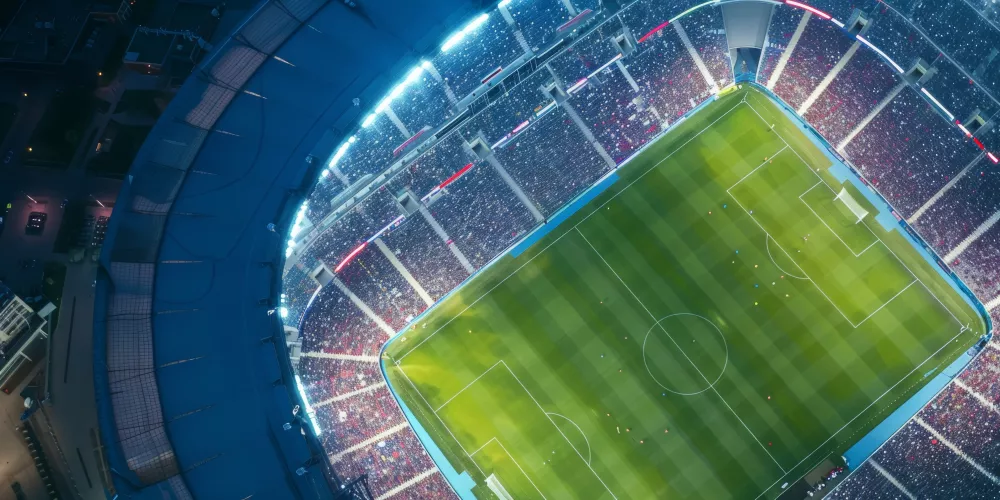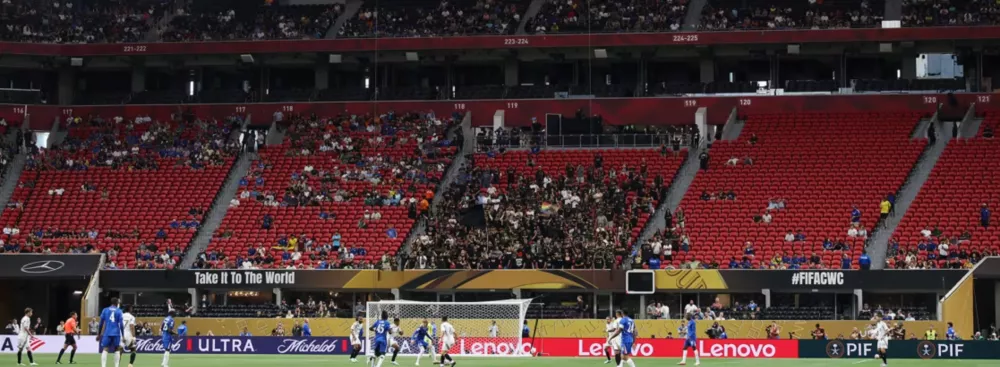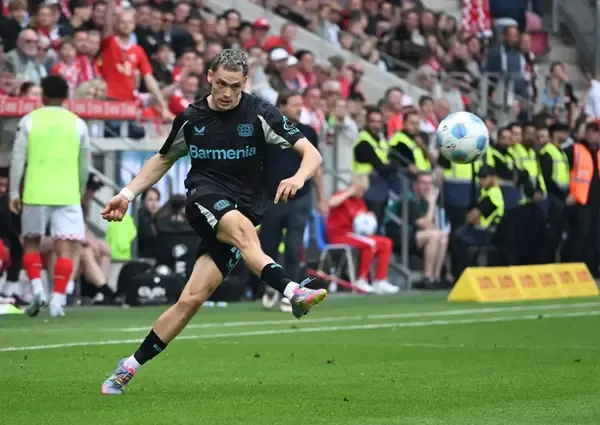Could Promotion and Relegation Work in U.S. Soccer?
Here’s What It Might Look Like with MLS, USL, and College Teams
For decades, American soccer has operated outside the global norm. While leagues around the world use promotion and relegation to reward success and punish failure, Major League Soccer (MLS) has remained a closed league. But what if that changed?
The Current State of MLS
Major League Soccer, founded in 1996, follows a franchise-style model similar to the NFL or NBA. There is no promotion or relegation. Teams pay steep expansion fees—often over $300 million—to join, and owners have no fear of being demoted to a lower league for poor performance.
Under MLS’s single-entity structure, the league technically owns every team and player contract. It was a financial safeguard early on—but critics argue it stifles competitiveness and ambition among lower-league clubs.
Meanwhile, in the USL…
The United Soccer League (USL), which runs the USL Championship (Division II) and League One (Division III), has announced plans to introduce promotion and relegation between its divisions starting in 2027. This would mark the first significant implementation of pro/rel in modern U.S. soccer history.
Could this put pressure on MLS to follow suit? Possibly—but there are major hurdles.
What a U.S. Promotion and Relegation System Could Look Like
If U.S. soccer ever embraced promotion and relegation across all tiers, it could transform the landscape dramatically. Here's a fun mock-up of how it might work:
- Tier 1 (MLS): 20 teams compete at the top level.
- Tier 2 (USL Championship): Top 3 promoted annually, bottom 3 from MLS relegated.
- Tier 3 (USL League One Top NCAA programs): Opportunity for college teams like Akron, Clemson, or Georgetown to rise through the ranks.
Imagine a scenario where a scrappy team like Detroit City FC earns back-to-back promotions, or a powerhouse like LA Galaxy is sent down after a disastrous season. The drama would be unprecedented in U.S. sports.
Challenges to Making It a Reality
Despite the appeal, there are major roadblocks:
- Financial Risk: MLS owners have invested heavily and would likely resist a model that puts their assets at risk.
- Market Loss: Relegating a team from New York or Los Angeles could mean massive drops in media exposure and sponsorship revenue.
- Legal and Structural Issues: MLS’s business structure isn't built for promotion and relegation without major overhaul.
Could It Still Happen?
While a full-blown pro/rel system involving MLS is unlikely in the short term, momentum is building at the lower levels. If the USL’s experiment succeeds, it could serve as proof that the model works—even in a U.S. sports market.
And who knows? Maybe one day we’ll see a college soccer Cinderella story climbing into the national spotlight. One thing’s for sure—American soccer fans would love the drama.






